Development History: The MV AFV-6 “Batter” was born out of military contract 63C, which called for a high mobility Armoured vehicle that could serve as a scout vehicle, an APC, and an IFV. Development started in the late 2000s, and by 2015 the production of the AFV-6 had become a highly controversial topic. It had beaten out it’s other competitors the XMV HMA-3 and the XMV FFV-10 which were based of foreign designs. The XMV AFV-6 was designed by a national company, and had parts sourced from exclusively it’s home country. This was viewed as a massive advantage as the country had recently entered a recession. In 2010 the XMV AFV-6 (Known as the Actual Failure of a Vehicle by the press) encountered its first major setback. After reviewing the design plans, the military realized the vehicle demonstrated incredibly low survivability, this was later exemplified in tests when one caught fire and only 3 of the 6 crew members survived. This led to a massive redesign, leading to a massive increase in cost. Almost doubling the cost of the first production run of sixty (60) vehicles. By 2012 the Now designated “Batter” encountered another setback when the military added “Air-Drop Capability” and “Moderate Amphibious Abilities” to offset the already ballooning cost. Much to the dismay of the designers, who were forced to reduce the 30 tonne vehicle to 25 tonnes through reducing armour and ammo storage. This led to massive outcry in the armed forces, one general being quoted as saying:
“You are giving us a scout that’s too big, an Armoured Troop carrier with no armour, and an Infantry Fighting Vehicle with no ability to Fight.”
The first production run was reduced to thirty (30) vehicles, of which only 10 would be IFVs (Designated Batter-A) This was done so that the national armed forces could have some experience with the new vehicles and allow the longer serving vehicles to be sent to reserves and reduce the wear and tear on them. By 2015 the production batch was delivered and this led to many flaws being discovered. Including:
The Turret had no secondary MG, which lead to two (2) being lost after rebels simply disabled the cannon.
The Driver had a very poor visual field, which led to one (1) being lost in a collision with a Main Battle Tank
The Engine position was inhibiting the comfort of the driver
The Turret was too small to hold enough ammunition for the MGs or the main gun to be effective.
The crews noticed that after moderate wear, the exhaust would work loose from the engine, leading to the possibility of the vehicle becoming inhospitable.
The failure of the first production run led to the second and third production runs being redesigned yet again at the expense of the company. This lead to several changes: The turret was redesigned, with a coaxial and a pivot mounted .30 calibre machine gun. A radio aerial was installed, which allowed for better communication between vehicles. The drivers hatch was modified and a second viewport for the engineer was installed. The engines were moved to allow multiple escape routes in case of fire or battle damage. The exhaust was completely redesigned, with far more safety measures to ensure that it would not become a hazard. The second production run was well received by most crews, seen as a vast improvement over the older production run vehicles. This led to the IFV variant being upgraded with four (4) ATGMs for dealing with heavy armour, another place the vehicle was lacking beforehand. The vehicle was viewed as finally competitive, until June 7, 2017, when an undisclosed number of Batters dropped out of a C-6 cargo plane failed to have their chutes deploy and fell from 10,000 ft to the earth, exploding on impact. Luckily the crews were parajumping not near the area of the incident, and the only recorded losses were of the vehicles. This led to an advisory notice station that several wiring issues in the Batters had been found, including one that crossed the Parachute triggers and the turret controls, leading to the possibility of the parachutes not triggering, or triggering when the turret was used. This led to a makeshift fix on all second batch production variants. The third production batch fixed these issues and also increased the size of the troop compartment, allowing for six (6) fully armed troops to be deployed from the rear door. As of 2018, the third production variant has had no recorded issues, and has served in many conflict zones with no losses.
Controls:
VTOL up: Forwards
VTOL down: Reverse
Throttle: Controls the two hatches (Recommended when driving with drivers cam)
Yaw: Controls steering
AG1 - Left turn signal
AG2 - Right turn signal
AG3 - + Trim controls camera and +throttle controls rear door.
AG5 - Roll and Pitch control secondary MG
AG6 - Roll and Pitch control Main gun aiming. (Also controls spotlight)
AG7 - Deploy chutes
Specifications
General Characteristics
- Created On Windows
- Wingspan 13.1ft (4.0m)
- Length 36.1ft (11.0m)
- Height 25.4ft (7.7m)
- Empty Weight 27,856lbs (12,635kg)
- Loaded Weight 29,350lbs (13,313kg)
Performance
- Wing Loading 40.4lbs/ft2 (197.3kg/m2)
- Wing Area 726.3ft2 (67.5m2)
- Drag Points 12583
Parts
- Number of Parts 256
- Control Surfaces 0
- Performance Cost 1,085
Required Mods
-
Lights
by Gestour
Version 1.0 (3/20/2019 6:47:34 AM)
View Mod on Steam Workshop

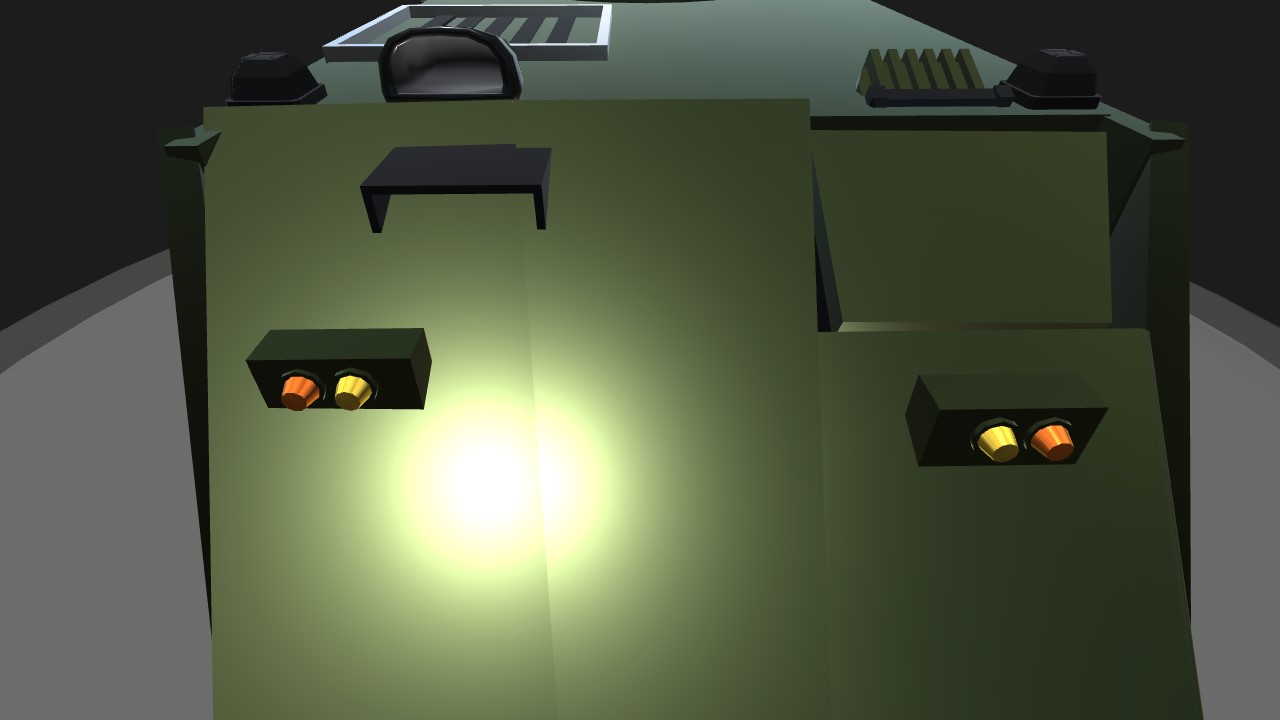
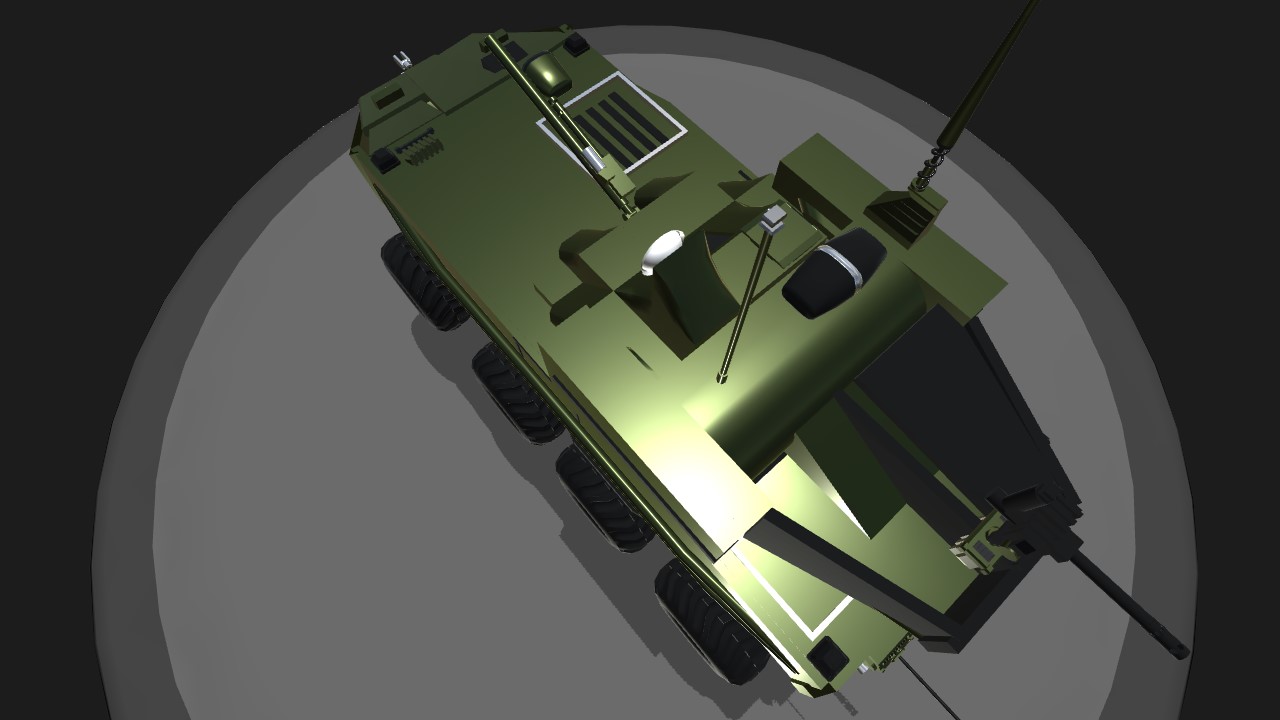
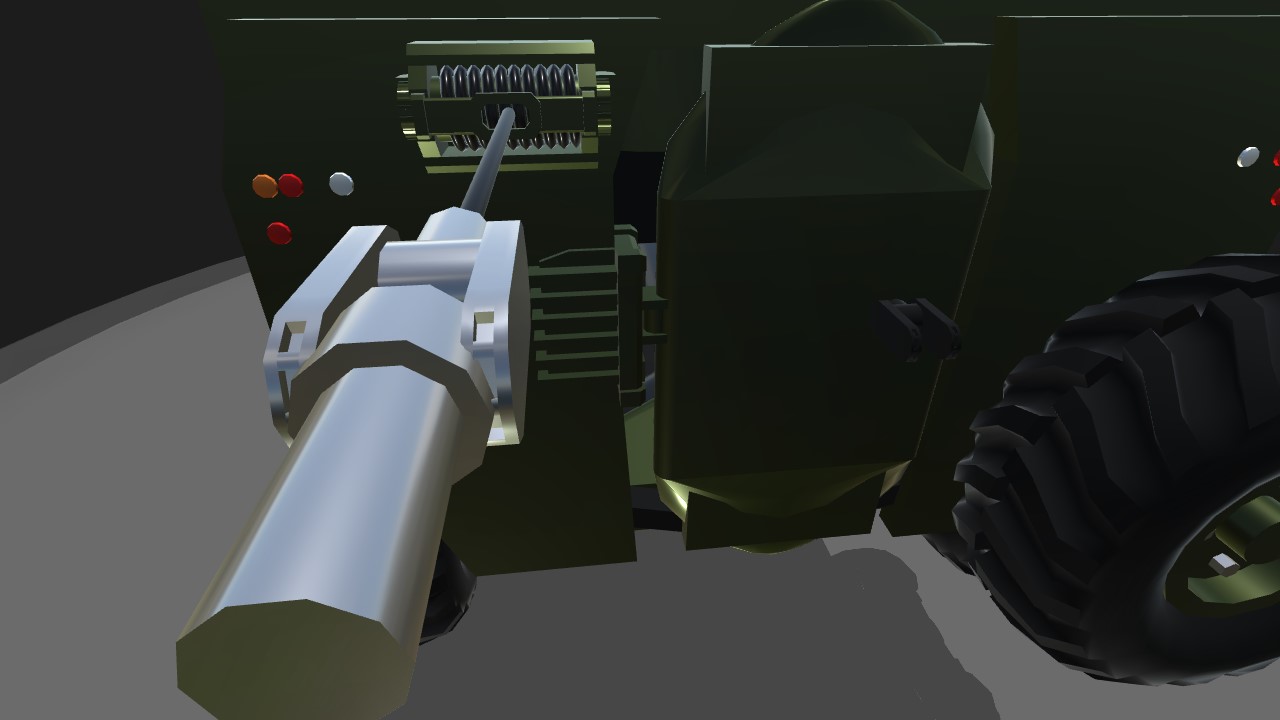
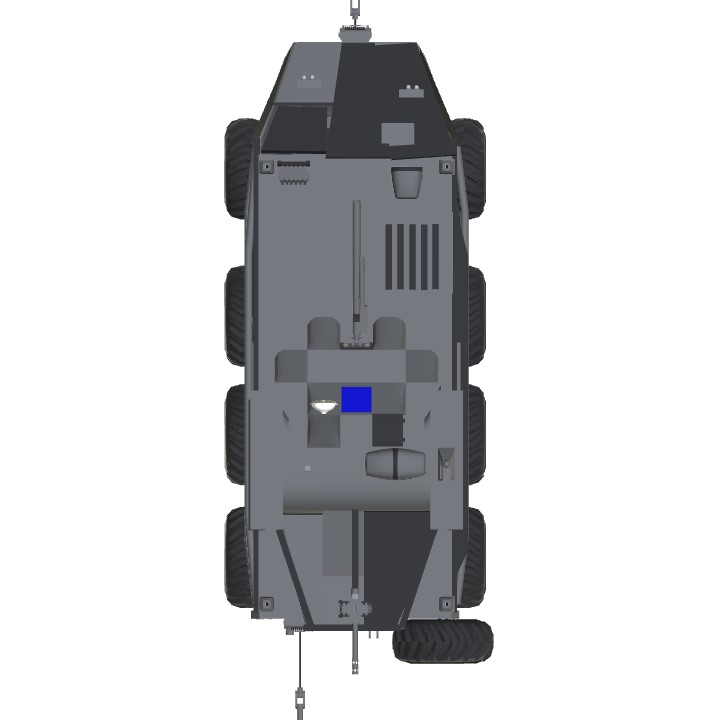
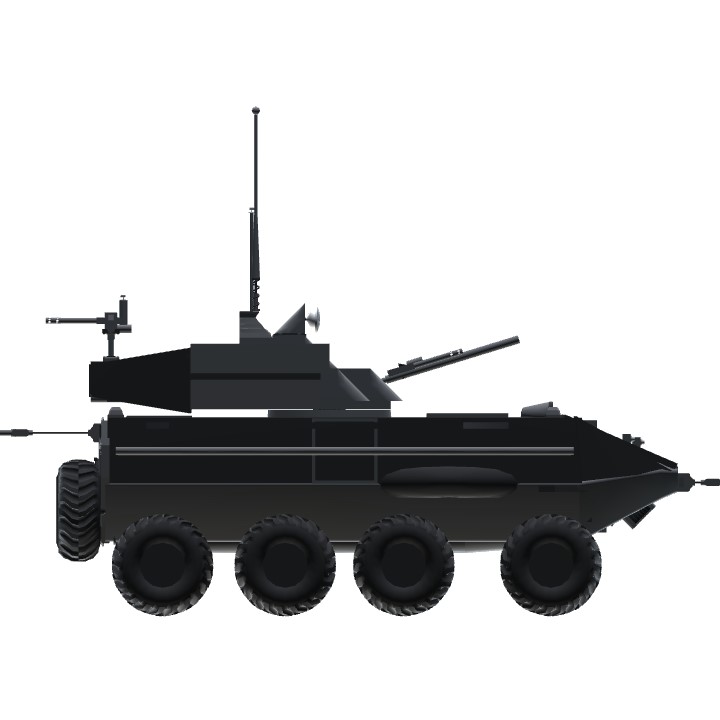

@ErvenDynamics This was a pain to fix, but she's all done. Sorry it didn't auto credit for some reason.